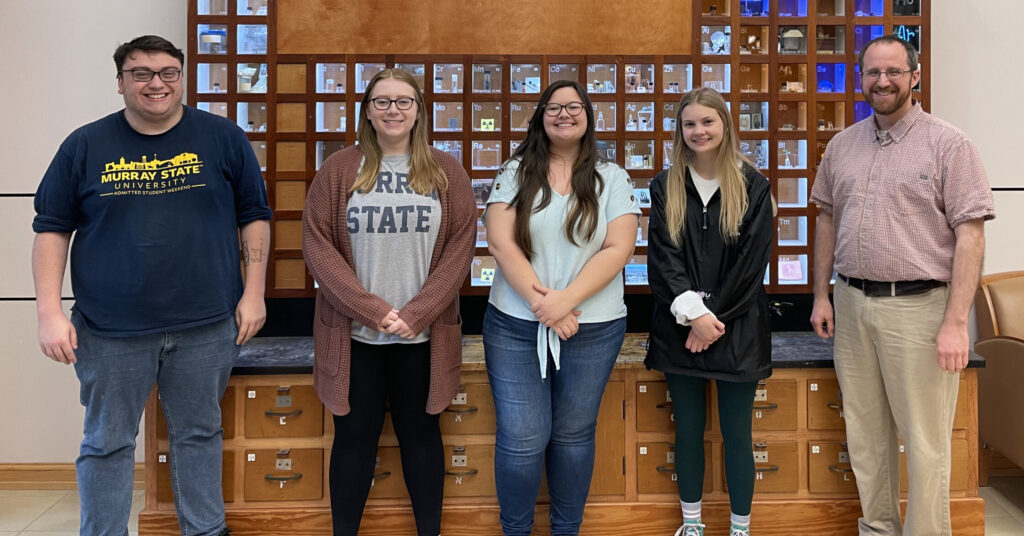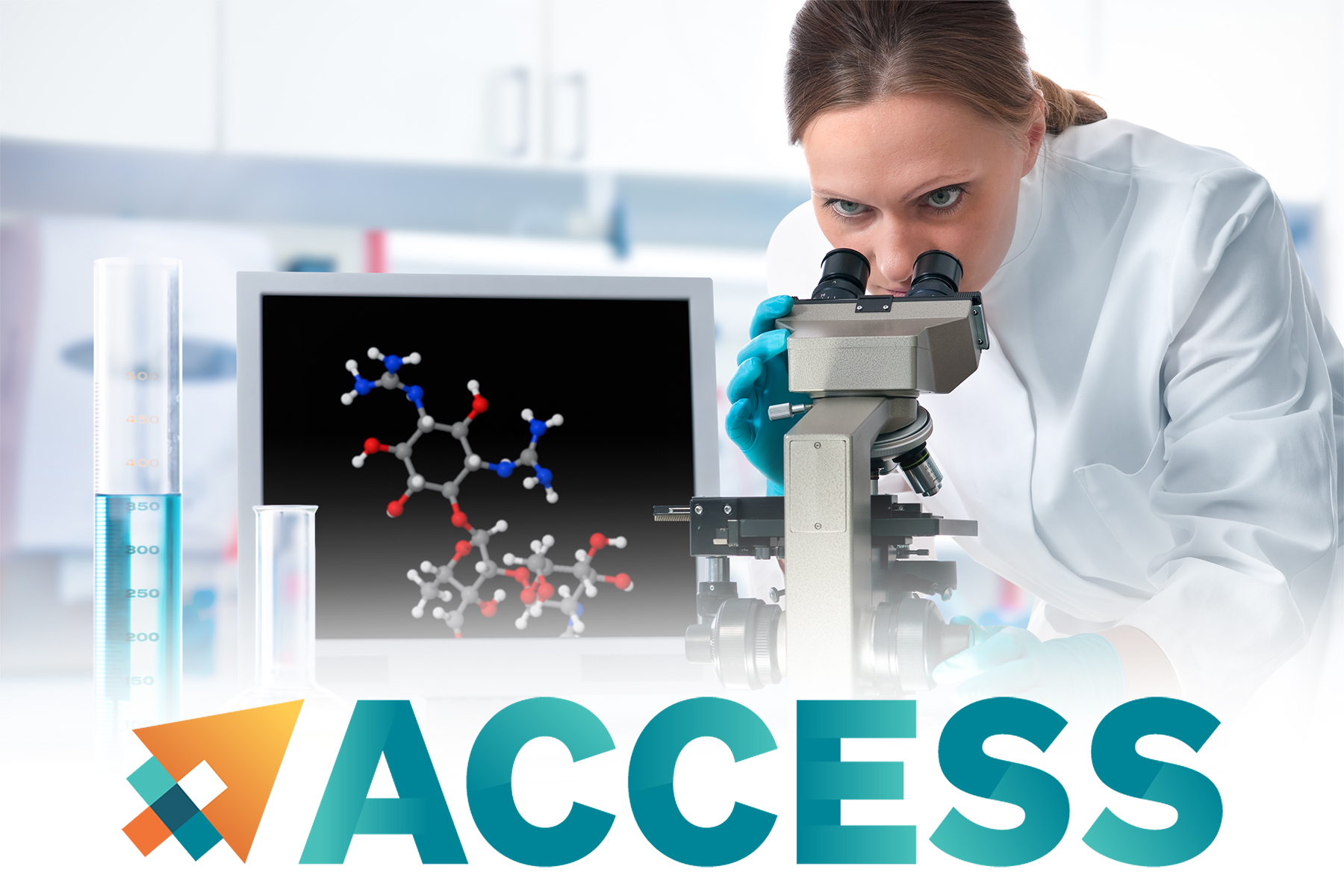Rajan Tavathia, SDSC Communications, contributed to this story
Murray State University (MSU) Assistant Professor of Chemistry Jonathan Lyon used his work with ACCESS allocations on Expanse at the San Diego Supercomputer Center (SDSC) at UC San Diego to present at last month’s International Symposium on Small Particles and Inorganic Clusters (ISSPIC XXI) in Berlin, Germany. Entitled Structures, Properties, and Reactivity of Doped Semiconductor and Transition Metal and Clusters, Lyon co-authored the presentation with several MSU undergraduate chemistry students: Madison Winkeler, Ciara N. Richardson, Ryan Carlin and Joey Quilliam.
“Faculty and students often have limited access to top-of-the-line resources while performing research at a primarily undergraduate institution (PUI),” Lyon said. “While we are fortunate with the equipment we have available at MSU, we do not have a supercomputing center and other high-performance computing (HPC) resources on campus – being able to use ACCESS resources at SDSC not only makes this research possible at a PUI, but also allows me to mentor undergraduate students in HPC techniques both in the research lab and in the classroom at MSU.”

Last year, Lyon published a chapter in an American Chemistry Society book titled Physical Chemistry Research at Undergraduate Institutions. His chapter, Building Blocks: Investigating the Structures, Properties, and Reactivity of Strongly Bound Atomic Clusters at a PUI, discussed his experience and findings using, in part, National Science Foundation-funded resources via the Extreme Science and Engineering Discovery Environment (XSEDE) and now ACCESS, NSF’s follow-on program.
Lyon said that one of his goals with undergraduate education at MSU is to provide chemistry students with an understanding of structure-property relationships in strongly bound atomic clusters as size increases from individual atoms to bulk quantities. He said that this type of work models catalyst active sites and has the potential to help alleviate hazardous industrial conditions arising from the high pressures and temperatures required for the synthesis of some chemicals.
Students are responsible for all aspects of their research projects including writing their research proposals, performing literature reviews, undergoing training activities, using ACCESS allocations on Expanse, conducting their experimental research, analyzing their results and presenting their findings.
Murray State University Assistant Chemistry Professor Jonathan Lyon
“We are both investigating new cluster structures and compositions not fully understood as well as hopefully motivating other scientists to build upon our work to larger real-world systems,” Lyon said. “Our specific research on the Expanse cluster at SDSC aims to discover new potential components for electrical devices and improve certain catalytic reactions.”
Lyon’s current work with his students focuses on the reactivity, structure and property of metal and semiconductor cluster systems. His research lab utilizes both experiments and simulations via Expanse. “One of our current projects using ACCESS allocations at SDSC involves the role of weakly bound messenger atoms used in the experimental determination of metal cluster vibrational spectra,” he said. “Next, we will extend this work to explore hydrogen binding and reactivity with various metal cluster systems.”
Lyon’s allocations are funded by ACCESS (grant no. CHE130094).
Project Details
Resource Provider Institution(s): San Diego Supercomputing Center (SDSC)
Affiliations: Murray State University
Funding Agency: NSF
Grant or Allocation Number(s): CHE130094
The science story featured here was enabled by the ACCESS program, which is supported by National Science Foundation grants #2138259, #2138286, #2138307, #2137603, and #2138296.


